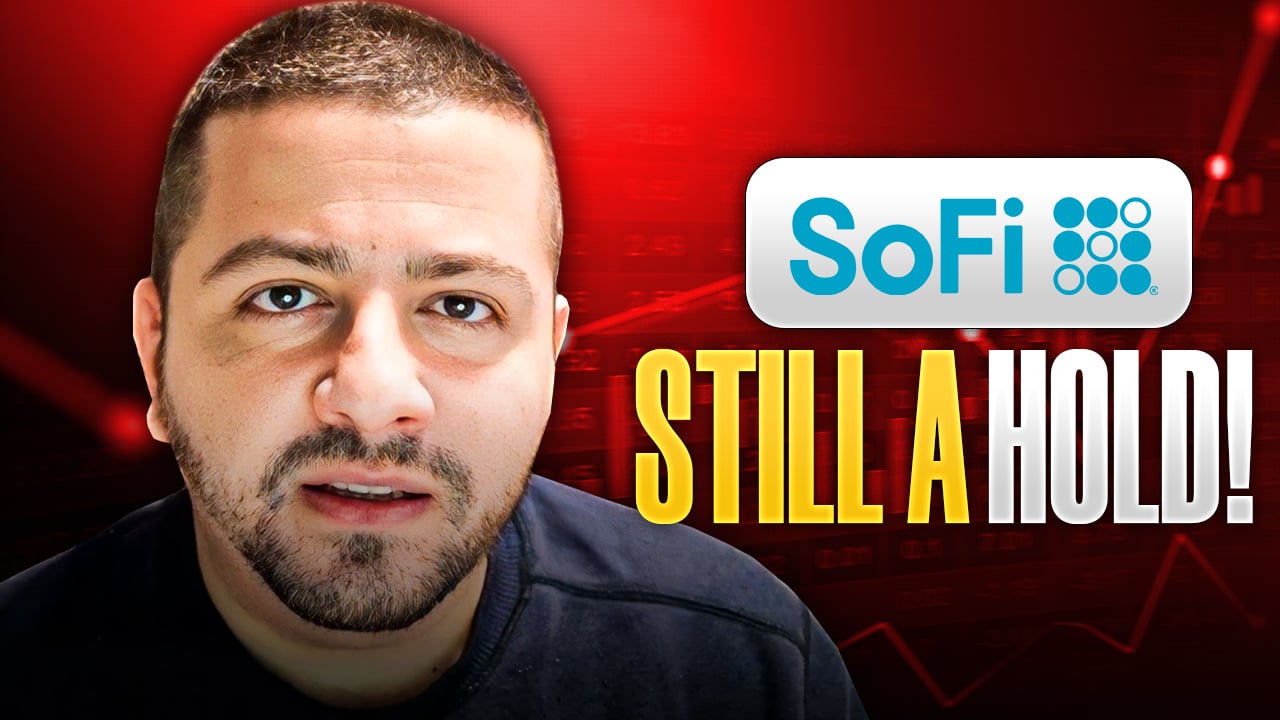During the past several years, a number of technology-driven companies have burst onto the scene in search of disrupting the financial services industry.
Amid a flurry of public offerings from the likes of Webull, Chime, Circle Internet Group, Robinhood Markets, and SoFi Technologies (SOFI +0.78%), financial services unicorn Stripe has remained a private company. But with a reported valuation of $91.5 billion, Stripe exceeds the market capitalizations of incumbent fintech businesses such as PayPal and Block by a considerable margin.
Let's dig into the paths that competing fintech companies took to public exchanges in recent years. From there, I'll outline some factors that may weigh on Stripe's decision to pursue a public offering in the near future.

NASDAQ: SOFI
Key Data Points
How do companies go public?
During a traditional initial public offering (IPO) process, a company will engage a number of investment banking firms such as Goldman Sachs, Morgan Stanley, or JPMorgan Chase to assist with the underwriting process.
Banks put together detailed documentation covering the company's historical financial profile, key performance indicators (KPIs), and risk factors around the business.
This information is packaged in a regulatory filing known as an S-1 made with the Securities and Exchange Commission (SEC). From there, banks and executives conduct a roadshow during which they market and pitch the IPO offering to institutional investors and wealth management firms. This process helps gauge investor interest and how the offering should be priced.
Another way to list on the public exchanges is through a special purpose acquisition company (SPAC). SPACs are colloquially referred to as "blank check companies" on Wall Street.
Essentially, a sponsor will take a shell company public to raise capital. From there, the goal is to use those funds to merge with a private company and take it public .
SPACs can be attractive for businesses as they typically offer a faster route to going public compared to traditional underwriting protocols led by investment banks.
For investors, SPAC mergers may be more accessible than traditional IPO companies -- where allocations are generally first reserved for institutional investors.

Image source: Getty Images.
How have fintech offerings fared in recent years?
Although SPACs may sound appealing as they can provide investors with access to popular start-ups in hot industries more easily than a traditional IPO, there are some important points to consider about these companies.
According to a SPAC study conducted at the University of Florida, one-year de-SPAC (the transition period after a merger announcement) returns averaged negative 46.3% between 2012 and 2022. The average three-year return was even worse, posting a return of negative 57.7%.
When it comes to industry-specific metrics, the median de-SPAC returns between 2009 and 2025 for crypto companies was negative 66% while broader financial services companies returned negative 6%.
No matter which way you cut it, SPACs in the fintech realm have been largely underwhelming.
By contrast, since Robinhood went public back in 2021 using the traditional IPO process, the shares have surged by 192% -- handily topping the 48% return from the S&P 500.
Both Circle and Chime completed IPOs about a month ago and have posted mixed returns so far. While Circle stock went to the moon initially, it has since pulled back considerably (yet still trades much higher than its IPO price).
Chime's action has been relatively muted, likely due to investors realizing that competing neobank SoFi is much larger and more profitable -- calling into question Chime's growth prospects.
Should Stripe go public in 2025?
Overall, I think the results have largely been mixed for public offerings in the fintech sector in recent years.
I think a big reason for this performance is that despite impressive growth and differentiated product offerings, questions remain over how neobanks and new brokerage platforms can really compete and disrupt industry incumbents.
In addition, I think Stripe is likely weighing how macro factors such as potential changes to Federal Reserve monetary policy could affect its own business results, sentiment across the broader capital markets, valuations, and appetites for public offerings.
Whether Stripe should go public really hinges on the company's needs and whether it makes sense from a strategic and operational perspective.





